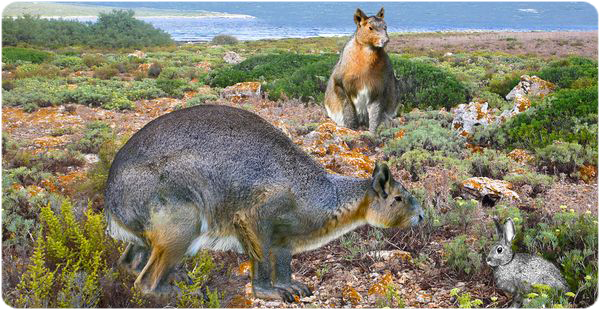
A research team comprised of researchers from the Institut Català de Paleontologia Miquel Crusafont and the Research Institute of Wildlife Ecology at the University of Vienna (Austria) analyzes whether the slow life history of giant animals that often evolve on islands is due to adaptive issues or if it is simply a consequence of the increase in body size of these mammals. The article, published in iScience, focuses on the giant rabbit of Menorca, Nuralagus rex, which lived about five million years ago. Weighing 8 kilograms, it is the largest rabbit species that has ever existed.

Un equip de recerca format per personal investigador de l'Institut Català de Paleontologia Miquel Crusafont i del Research Institute of Wildlife Ecology de l’Universitat de Viena (Àustria), analitza en un article si la història vital lenta dels animals gegants que sovint evolucionen a les illes es deu a qüestions adaptatives o si, simplement, és una conseqüència de l'augment de la mida corporal d'aquests mamífers. L'article que ha estat publicat a la revista iScience s’ha centrat en el conill gegant de Menorca Nuralagus rex, d'uns cinc milions d'anys d'antiguitat. Amb un pes de 8 quilos, és l’espècie de conill més gran que ha existit mai.






